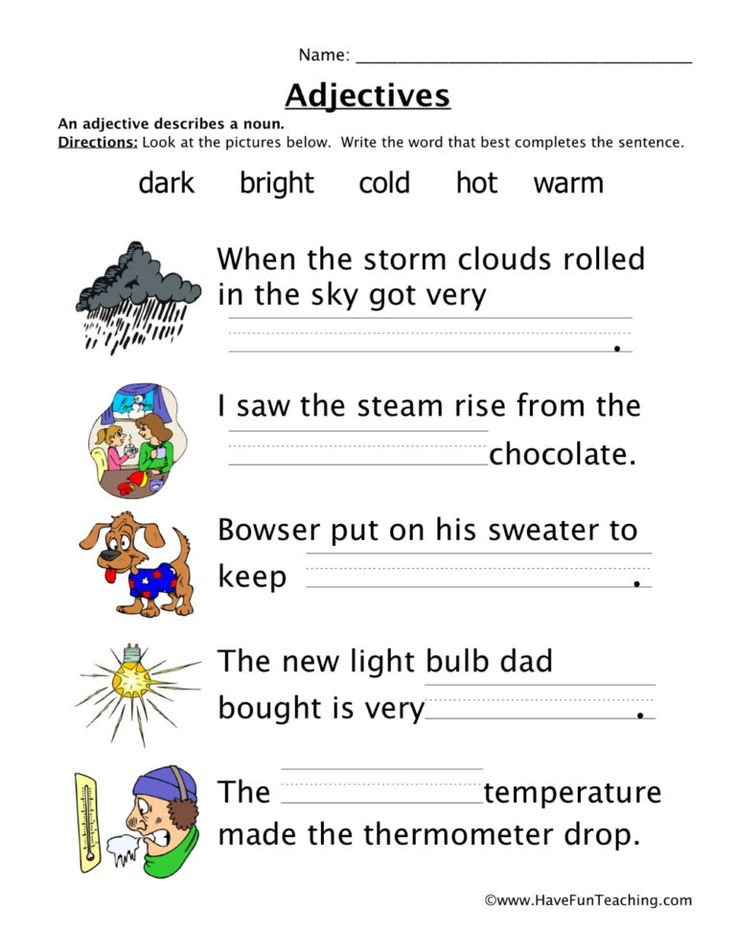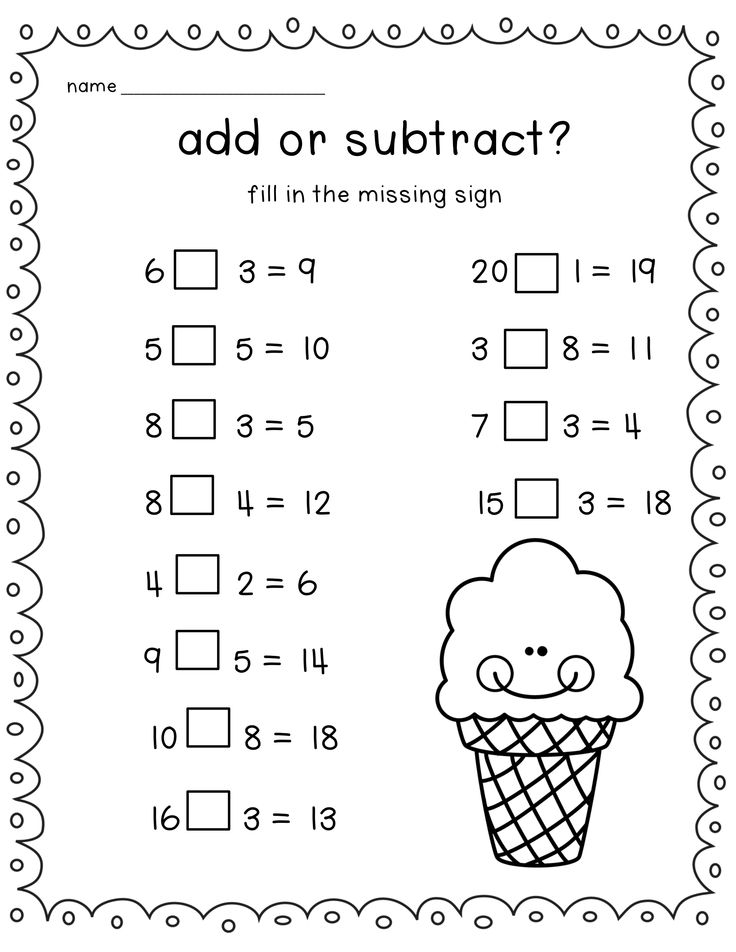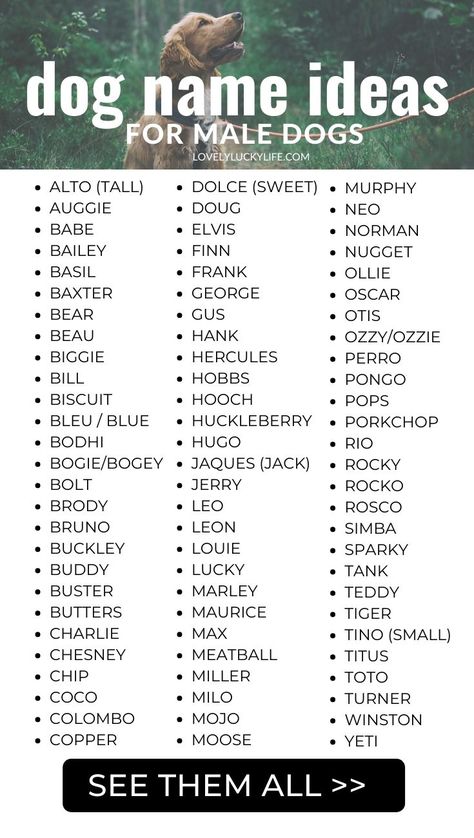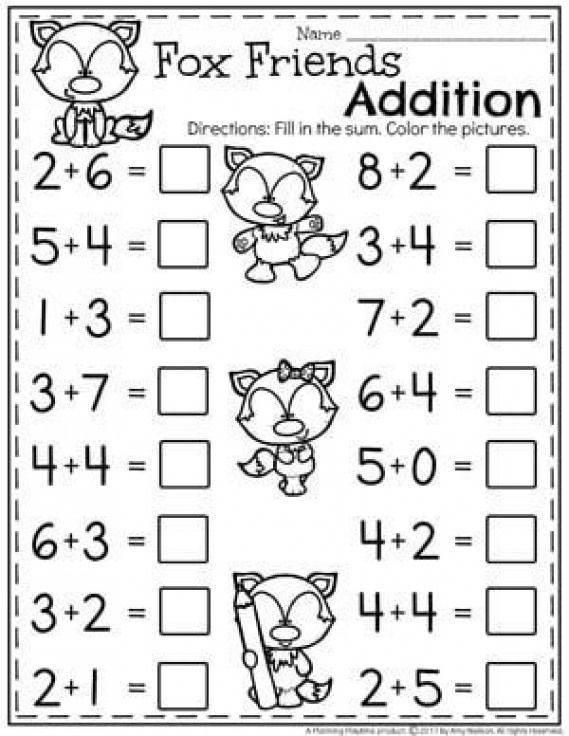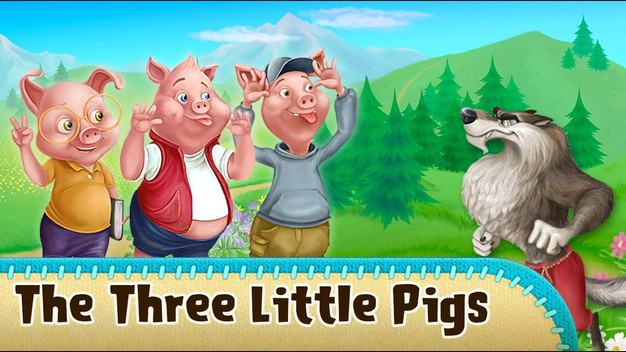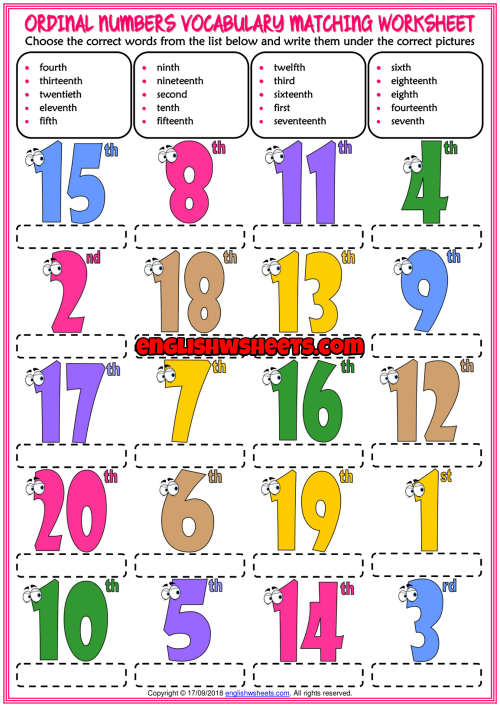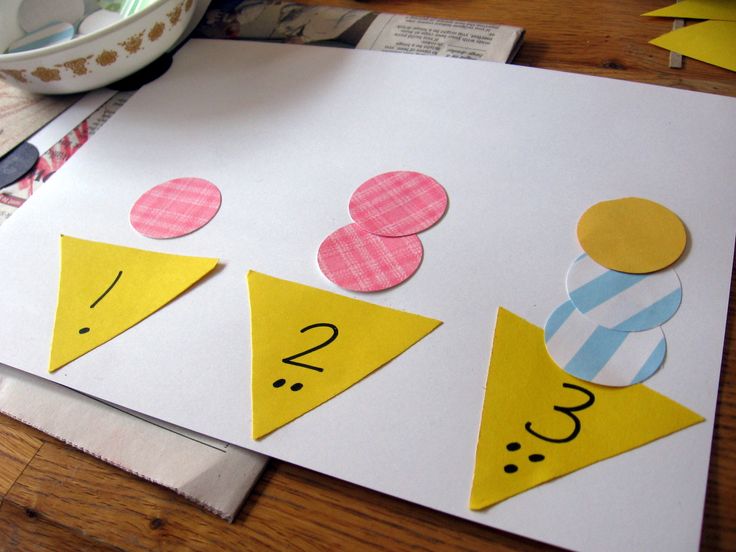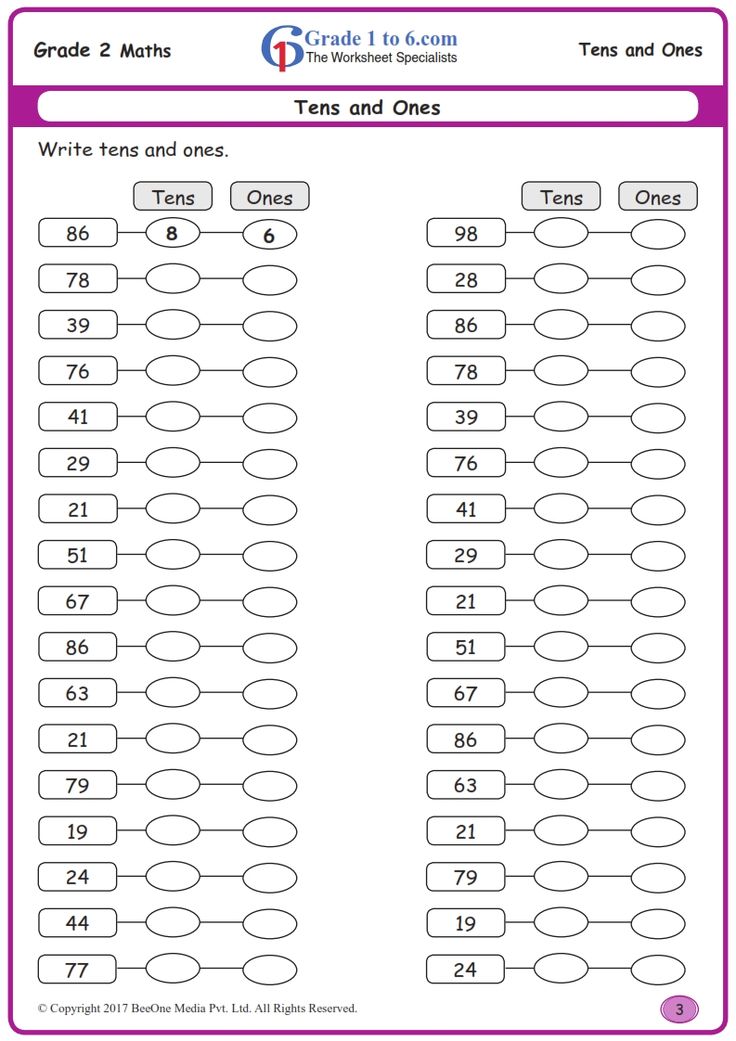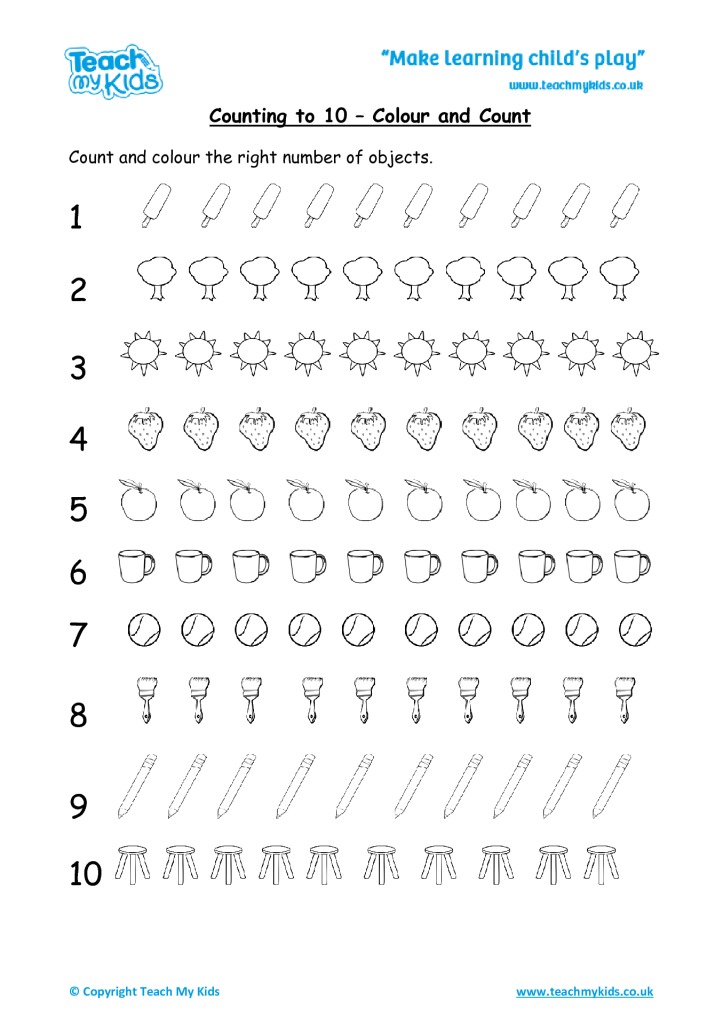Fun activities with adjectives
11 Classroom Games for Teaching Kids About Adjectives
Traditional language teaching often focuses on repetition and rote learning, but children want to learn through experience and engagement. Discover how you can make learning fun with these exciting and easy adjective-based language games.
1. Introduce yourself
A good game to play at the start of the school year, the teacher can go first and then ask students to do the same. Standing at the front of the classroom, students introduce themselves to the class by describing qualities about themselves – for example, “I’m curious, cheerful and tall.”
2. Adjective match
Create a deck of cards with different adjectives written on each card. You’ll also need some images (pictures from magazines, travel brochures etc) that can be described by adjectives. Now here’s how the game works:
- Each player chooses an image.
- Deal four cards to each player.
- If the player can describe the image with all four cards they win.
If not, then discard a card and choose a new card from the pile.
- Play continues until a winner is found.
3. Noun showdown
Divide the class into two or more teams, then write a noun on the board or show it as an image. Teams have a minute to write down as many adjectives as they can. Teams get a point for every adjective that is appropriate. A fast, fun game that students love!
4. Show and tell
Students bring objects from home and describe them front of the class. The teacher takes notes of all of the different adjectives the student uses to describe the object. These can be displayed around the classroom later or the teacher can quiz the class on what adjectives were used after each presentation.
5. Describing the day
Like show and tell, have students come to the front of the class and use adjectives to describe their day so far. Lead them with prompts like:
- Describe your morning so far.
- Describe what you had for lunch.
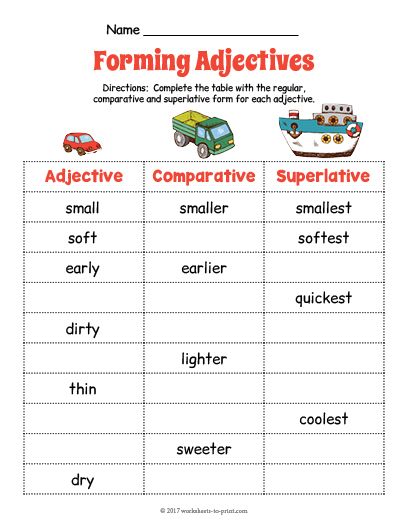
- Tell us about your maths class.
Try to guide students into giving descriptive opinions. Afterwards, quiz the class on aspects of the tale. “What adjectives did Rachel use to describe maths class?” etc.
6. Riddle game using adjectives
This is a fun game that tests student’s creativity and understanding using adjectives. Have students come up with ‘Who am I?’ riddles using adjectives to describe animals, people, vehicles and other nouns. Have them read the riddles out to the class (or in small groups) and see who can solve the riddle.
7. Circling the adjectives on favourite stories
There are a few ways to do this fun game that can be played in a group or during quiet time. Teachers can print out samples from student’s favourite stories or write them on the board. Encourage students to read through the story, circling adjectives as they go. The best thing about this exercise is its versatility, easily slipping into any lesson plan.
8.
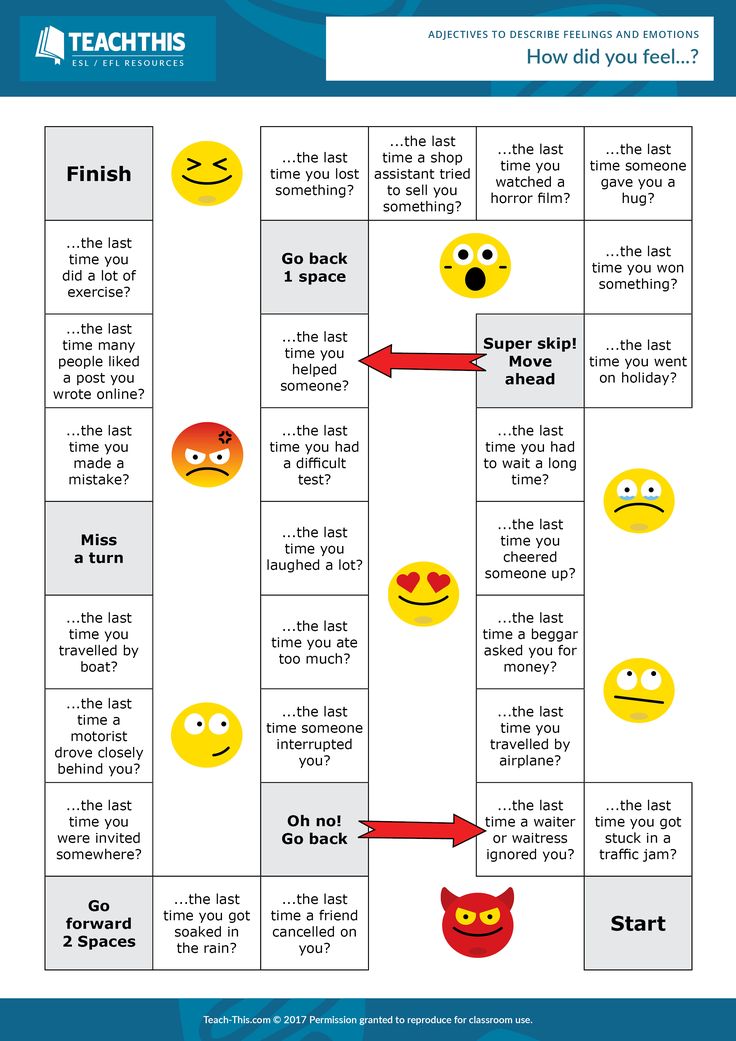 Lucky dip
Lucky dipThe teacher places different objects in a bag. Students are invited to come up and feel one of the objects, describing what it feels like. The rest of the class tries to guess what the object is based on the adjectives used.
9. Fishing for adjectives
This game requires a bit of prep, but is hours of fun and can be reused for other word groups like nouns and verbs. You’ll need a deck of flashcards, some magnets and a fishing rod. Here’s how to play:
- Write a noun, adjective or verb on each card. The words need to be clearly readable from a short distance.
- Attach paper clips to each card.
- Attach another magnetic clip to a children’s fishing rod.
- Scatter cards face up on the floor.
Encourage students to ‘fish’ the adjectives from the pile, with students taking turns controlling the rod. They’ll need to distinguish between the adjectives and non-adjectives before they can fish one out. Once they correctly fish out an adjective, you could also ask them to name an object that could be described using that word.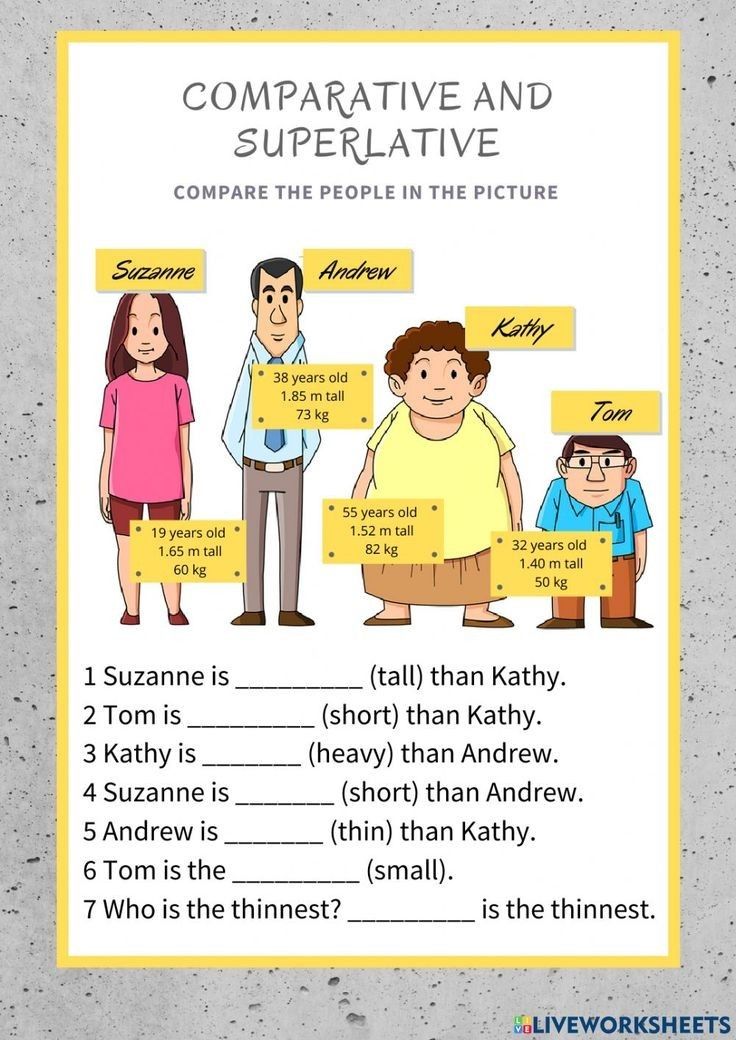
10. Describing your partner
Pair students up and ask them to describe each other. This can be a great exercise and also a great activity for teaching children positive social interactions, focusing on positive aspects of their classmates and developing empathy and sensitivity to one another.
11. Describing people
From a magazine collection, ask students to use adjectives in describing the various people on the pages. Try to vary the magazines and subjects. You can also move away from people to things (cars, boats etc).
Keeping students engaged
Educational games are effective because often students don’t even realise they’re learning while playing. Many are also versatile and can be tweaked or repurposed to use for other subject areas. Through games like these you can create a fun learning environment for your students that’ll help them pick up the difference between adjectives and other kinds of words in no time.
10 Fun Activities to Teach Adjectives
Aren't adjectives just so much fun! They are one of the most important parts of speech that you can teach.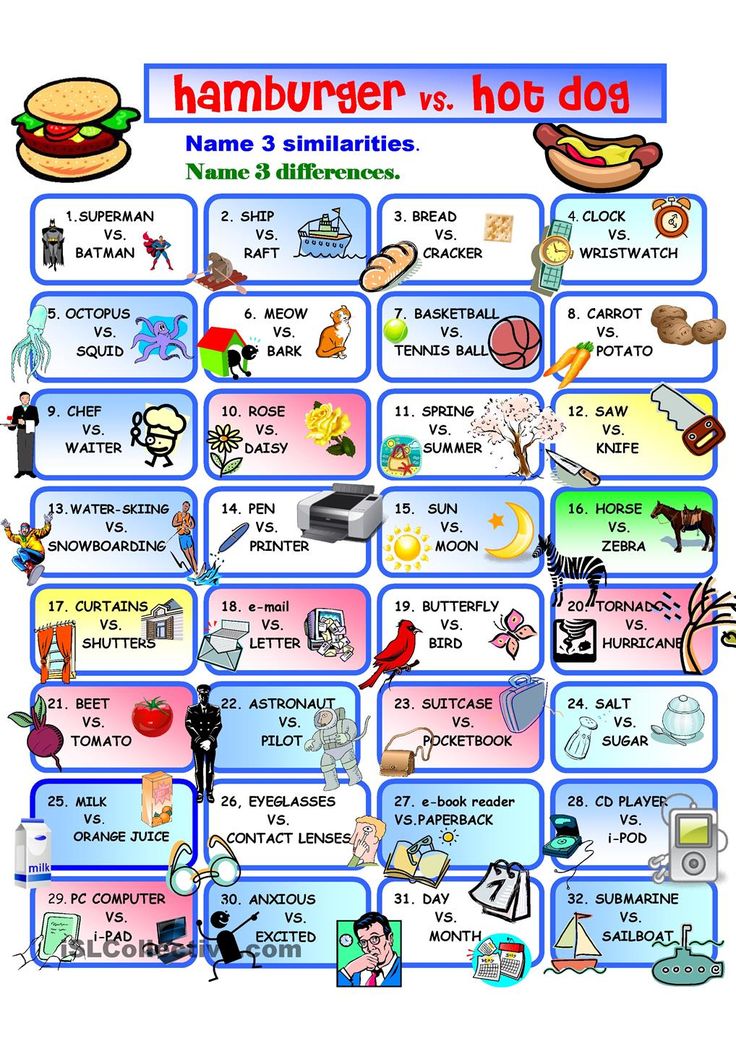 Why? Because adjectives make writing more meaningful, vivid and interesting. Adjectives are the key to getting students to become accomplished, creative writers. Let me give you an example. Here is a sentence without adjectives:
Why? Because adjectives make writing more meaningful, vivid and interesting. Adjectives are the key to getting students to become accomplished, creative writers. Let me give you an example. Here is a sentence without adjectives:
The bird is in the tree.
And here is a sentence with adjectives:
The baby bird is in the lush, green tree.
See the difference? The second sentence helps you to create a clearer image in your mind and visualize the text more effectively. I've put together a list of engaging ways that you can teach adjectives in your classroom.
10 Fun Activities for Teaching Adjectives
Teaching adjectives does not have to be boring (or full of worksheets). Here are 10 fun ways that you can teach adjectives in your classroom. Many of the activities are free and super simple to set up.
1. What's in the Box?
The best thing about this activity is that it is fun and free! Simply gather some things laying around at home or in the classroom such as an apple, pencil, glue stick, bottle etc.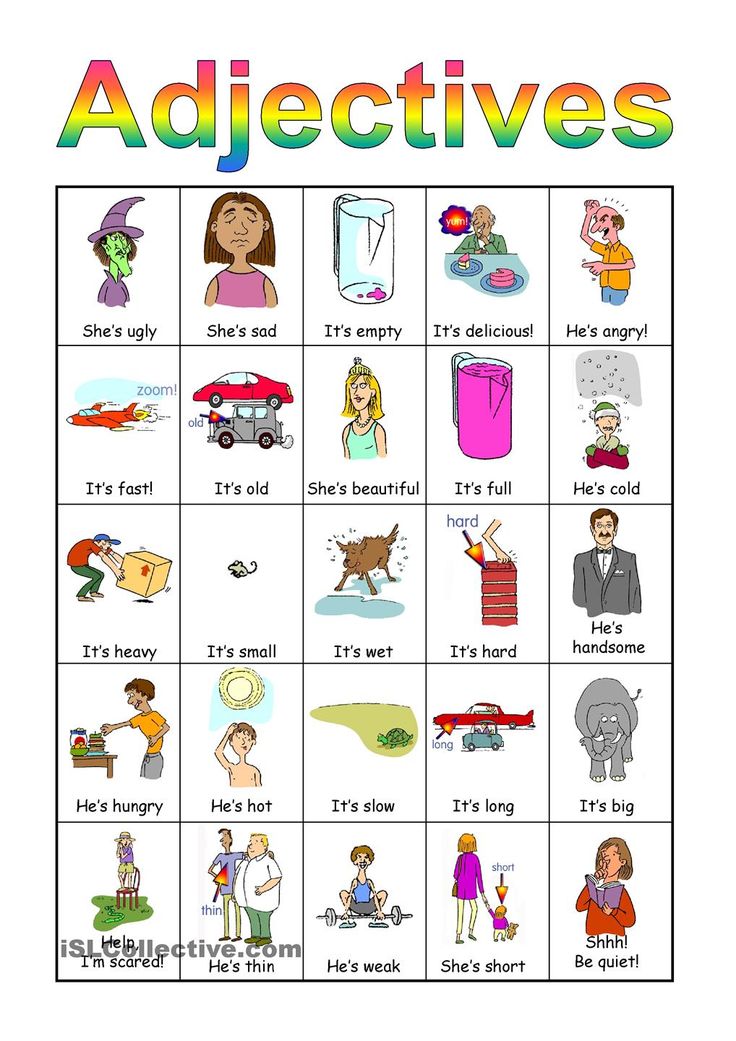 Then, place one of the objects inside a box or bag and choose a student to take a peek. That student describes what is in the box to the rest of the class using adjectives. The remaining students try to guess what the hidden object is by listening to the clues. For example, to describe an apple, students might say that it is round, it is red, it is crunchy, it is sweet.
Then, place one of the objects inside a box or bag and choose a student to take a peek. That student describes what is in the box to the rest of the class using adjectives. The remaining students try to guess what the hidden object is by listening to the clues. For example, to describe an apple, students might say that it is round, it is red, it is crunchy, it is sweet.
2. Guess the Animal
This activity is so much fun! It is very similar to celebrity heads where the student tries to guess what animal they are by asking questions. However, the adjectives twist is that the student must use an adjective in each question. For example, Am I green? Do I have four legs? Can I run quickly? Am I dangerous? Can I swim fast? Am I fluffy? Do I have soft skin? Do I have a spotty body? And so on. I made the headbands from some card stapled together at the ends. Super easy and so much fun! You can find the pictures in my TPT store here.
3.
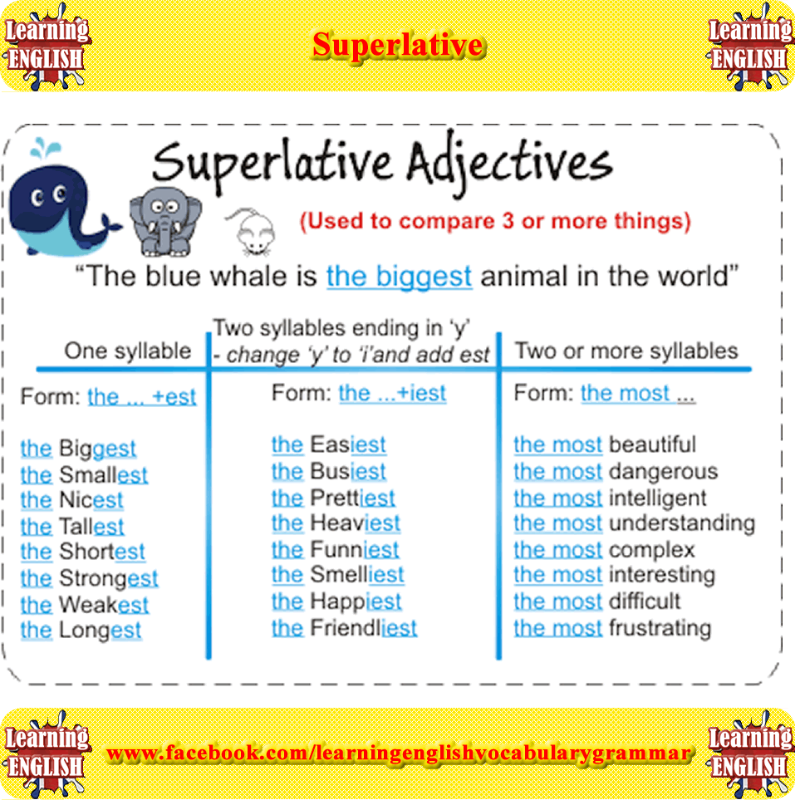 Find an Adjective
Find an AdjectiveWant to incorporate adjectives into your guided reading groups/literacy centers? This is a great way to provide students with practice in identifying adjectives. As a bonus, this activity also gives them the opportunity to examine how authors use adjectives in their writing. To complete the activity, students flick through their guided reading books and locate all of the adjectives that they can find. Have them note them down in their workbooks or on a mini whiteboard. As an extension, have students find a sentence without an adjective and get them to rewrite it with adjectives.
4. Describe It
It is so important to get students thinking about how to describe objects. Using adjectives in writing is great, but they must be relevant too! This 'Describe It' activity has students thinking about the best suited adjectives for each of the nouns. To play, students choose a picture card and then select 4 relevant adjectives to describe it.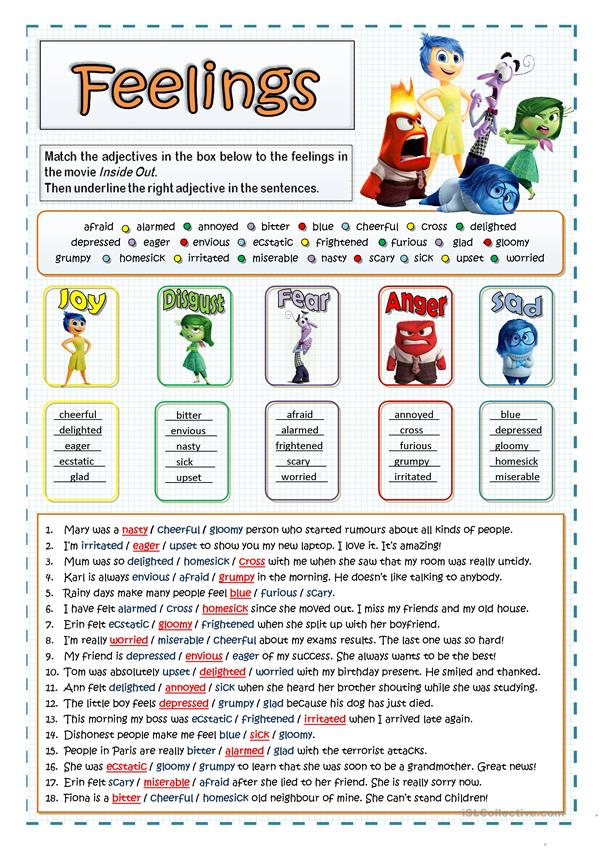 Then, they write a sentence in their workbooks using one or more of the adjectives. You might like to change it up sometimes too by having students choose the silliest adjectives to describe the pictures. This helps to highlight how some adjectives just do not go with words. Plus, it will have them in giggles too! You can grab this activity here.
Then, they write a sentence in their workbooks using one or more of the adjectives. You might like to change it up sometimes too by having students choose the silliest adjectives to describe the pictures. This helps to highlight how some adjectives just do not go with words. Plus, it will have them in giggles too! You can grab this activity here.
5. Pick a Noun
I know that 'noun' is in the title but I promise this is totally an adjectives activity. It is a great warm-up and is perfect for getting students thinking about how adjectives can describe certain objects. To play, choose an adjective such as 'long' and have students brainstorm all the different things that can be described by this word. For example, snake, pencil, ruler, hair, dress, bananas, worm, rake.
6. Edit a Sentence
Once students begin using adjectives in their writing, you might be find that they keep using the SAME adjectives ALL THE TIME. 'There was a nice girl who lived in a castle. It was a nice day and she met a nice prince and they had a nice day together.' Yep, bet you've all experienced this and are cringing right now. This is where the 'Edit a Sentence' activity comes in. Students read the sentence and rewrite it by swapping the adjective/word with another from the table. I love this activity so much because it expands their adjective vocabulary and shows them how multiple words can be used to describe a certain noun. R.I.P nice. Glad to see you go.
'There was a nice girl who lived in a castle. It was a nice day and she met a nice prince and they had a nice day together.' Yep, bet you've all experienced this and are cringing right now. This is where the 'Edit a Sentence' activity comes in. Students read the sentence and rewrite it by swapping the adjective/word with another from the table. I love this activity so much because it expands their adjective vocabulary and shows them how multiple words can be used to describe a certain noun. R.I.P nice. Glad to see you go.
7. Draw a...
This is a fun one! Get students to design a new animal, monster or robot and then have them list some adjectives to describe it. If you want to link this activity with another learning area, it pairs super well with creative arts. The above 'Rabbicafish' was completed as a part of the lesson 'Critters from Alien Earth' which you can check out for free here.
8. Alphabet Adjectives
This activity will get students thinking! Have students write out the alphabet and choose an adjective for each letter.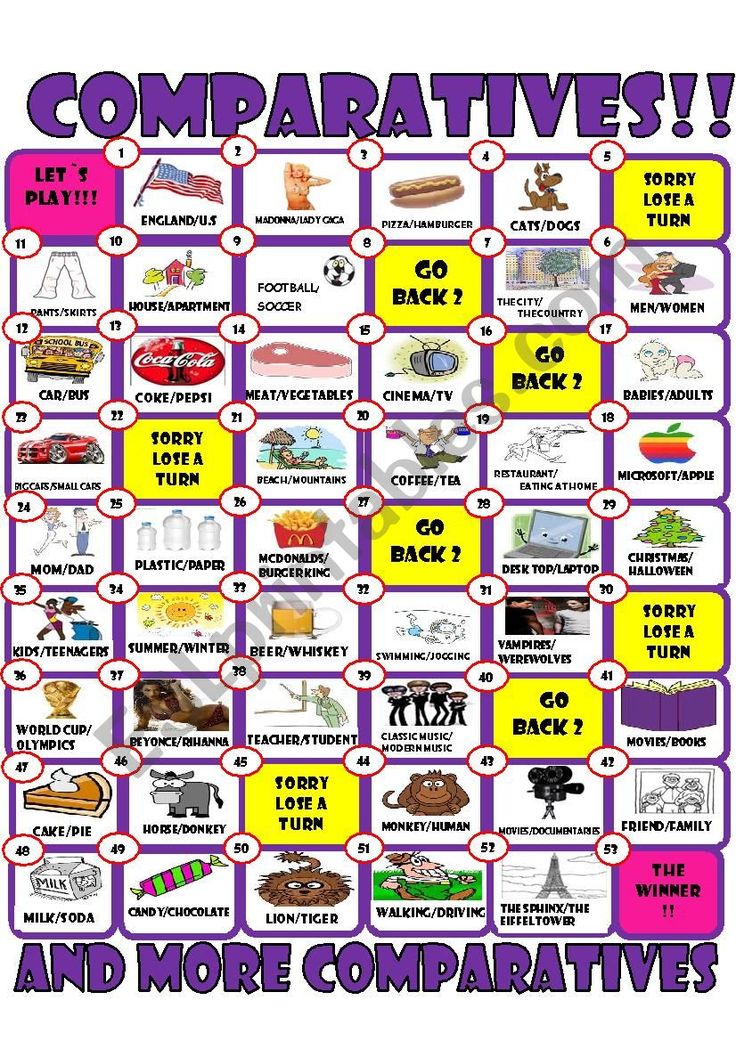 Here are a few to get your students started. A = awesome, amazing. B = beautiful, big, bouncy, brown. C = cold, clear, cute. D = dry, dirty, deep, dangerous. E = elegant, easy, excited. I love this one because it requires minimal resources and can be extended by having students use a few of the adjectives in sentences. It is also a great fast finisher idea and can be repeated with both nouns and verbs.
Here are a few to get your students started. A = awesome, amazing. B = beautiful, big, bouncy, brown. C = cold, clear, cute. D = dry, dirty, deep, dangerous. E = elegant, easy, excited. I love this one because it requires minimal resources and can be extended by having students use a few of the adjectives in sentences. It is also a great fast finisher idea and can be repeated with both nouns and verbs.
9. Opposites
Here's another great warm up activity. Call out an adjective and have students call out (or write down) its opposite. Check out the table below for some ideas:
10. Adjective Sort
Adjective Sort should have been number one on this list of activities but here we are. Before the rest of the activities on this list can be completed, students must be able to distinguish adjectives from other words. If students are still mixing adjectives up with nouns and verbs then they won't be able to complete any of adjective activities successfully or incorporate them into their writing effectively.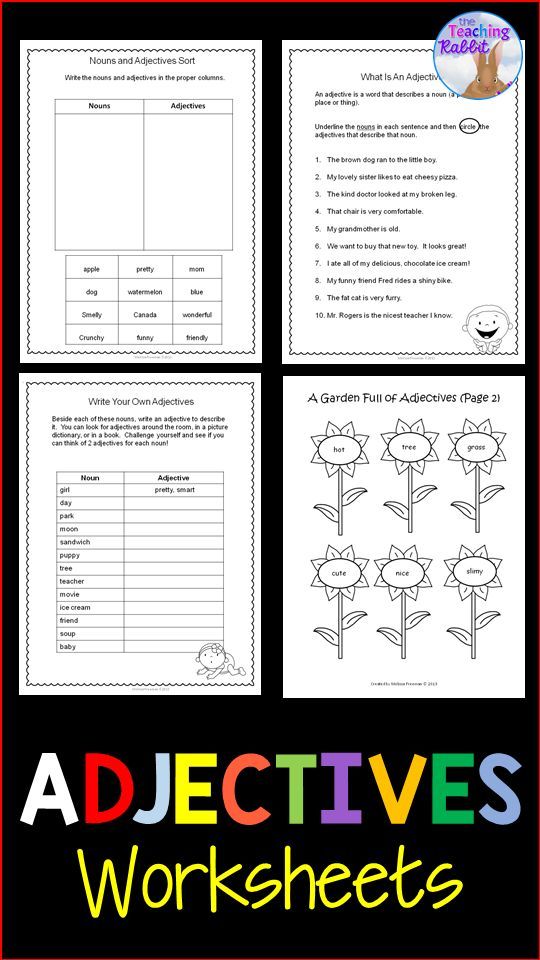 This adjective sorting game is a straightforward way for students to distinguish adjectives from other words. They read the word, decide whether it is an adjective or not and then write it in the matching column. You can check this activity out here.
This adjective sorting game is a straightforward way for students to distinguish adjectives from other words. They read the word, decide whether it is an adjective or not and then write it in the matching column. You can check this activity out here.
What fun ways do you use to teach adjectives? Comment below, I'd love to know.
If you'd like to check out the resources in this post, you can find them here:
Adjectives Literacy Centers
Edit a Sentence Activity
5 verbal and linguistic games in the Russian language classes
A valuable method of stimulating interest in learning is the method of using various games and game forms of organizing cognitive activity in the classroom with students and schoolchildren.
The most budgetary game form is a language game, part of which are verbal (not acting) and verbal-role-playing games.
It is also expedient to single out linguistic educational games.
What's the difference?
Word game is a word game. The game takes place exclusively through the speech interaction of the players. The word game is aimed not only at the development of language flair, but also at the development of attention and memory.
The game takes place exclusively through the speech interaction of the players. The word game is aimed not only at the development of language flair, but also at the development of attention and memory.
Word-role-playing games - a kind of role-playing games with a complete absence of a material component: the game takes place exclusively through the verbal interaction of the players describing the actions of their characters, and the master describing the realities of the surrounding world and the reactions of master characters.
Linguistic game is a language game related to language learning and speech enrichment, with the development of logical thinking, communicative features of speech in terms of taking into account lexical, grammatical, orthoepic, syntactic features of speech.
Consequently, linguistic games are: orthoepic, lexical, grammatical, syntactic.
Linguistic game “Hidden Motives”
Surely, in the life of every person there was a situation when he committed some act and could not explain why he acted one way or another. Unraveling possible hidden motives is possible through a consistent analysis of previous events.
Unraveling possible hidden motives is possible through a consistent analysis of previous events.
What we are working on: speech logic.
Rules: Divide the group into pairs (sometimes it's easier to unite not in pairs, but in threes). In each pair, one of the participants tells a situation that he cannot explain. The partner, through leading questions, tries to find out the facts, to connect them into syllogisms.
Syllogism is “a form of inference, reasoning, when a third, conclusion, is derived from two given premises or judgments.”
For example, all students take exams in the summer. I am a student, so I have exams in the summer.
In the second round, the interlocutors change places. Then comes reflection.
Word game “One day in the life”
The essence of the game: choose any profession with the students. Together you make up a story from some nouns (verbs, adjectives) about the working day of a professional.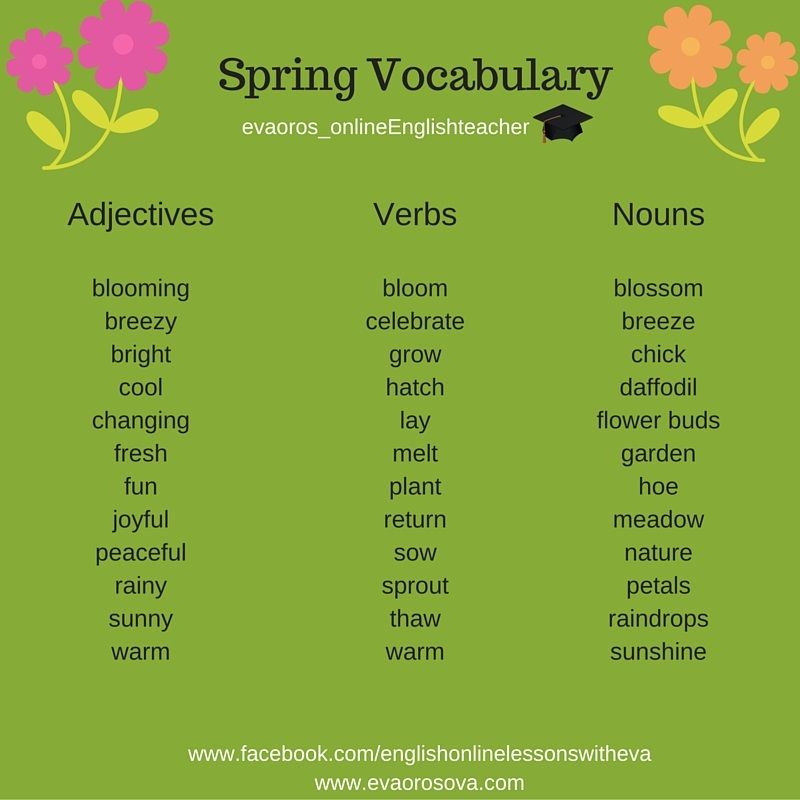
For example, a story about a teacher's day: call-breakfast-lesson-question-answer-five-teacher-director-scandal-lesson-call-home-preparation-sleep.
Important condition: before naming a new noun, each player must repeat everything that was named before him. Then the story will be perceived as a holistic work. To better remember the named nouns, I advise you to carefully look at all the speakers, as if linking the word with a specific person.
Word game “New Vocabulary”
Usually we play in a circle with students as a warm-up at any lesson.
The essence of this game is to come up with new meanings for ordinary and all familiar words.
For example: boyfriend - lover of fish soup, monster - volcano, priestess - woman who loves to eat, etc.
The winner is the one who picks up more interesting words. The time allotted for preparation is agreed in advance.
Taboo word game
When I need to talk to listeners/students and students, or lead them to the topic of the lesson, or review previously learned material, I use the word game “TABU”.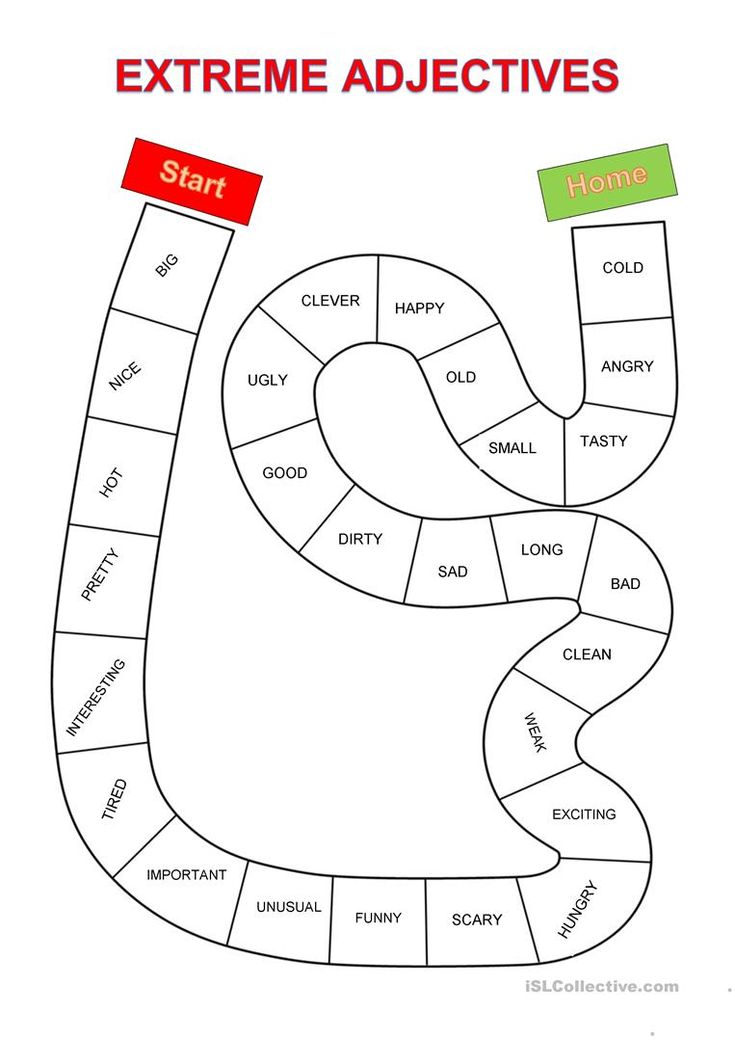
The rules are simple: the student gets a card with the word written on it. It needs to be explained. And under this word, or next to it, there are several more that cannot be used in the explanation.
Other students must guess this word.
It is better to prepare cards on your own - for a specific topic (for example, an essay-reasoning - for students, or general scientific terminology - students / cadets).
Linguistic game “Sound Images”
The teacher reads out/displays on the screen the words of the writer E. Zamyatin:
“Every sound of a human voice, every letter in itself evokes certain ideas in a person, creates sound images. I am far from assigning a strictly defined semantic or color meaning to each sound, but
Sound [r] clearly tells me about something loud, bright, red, hot, fast.
[l] – about something pale, blue, cold, smooth, light.
Sound [n] - about something tender, about snow, sky, night:
The sounds [d] and [t] are about something stuffy, heavy, fog, darkness, musty.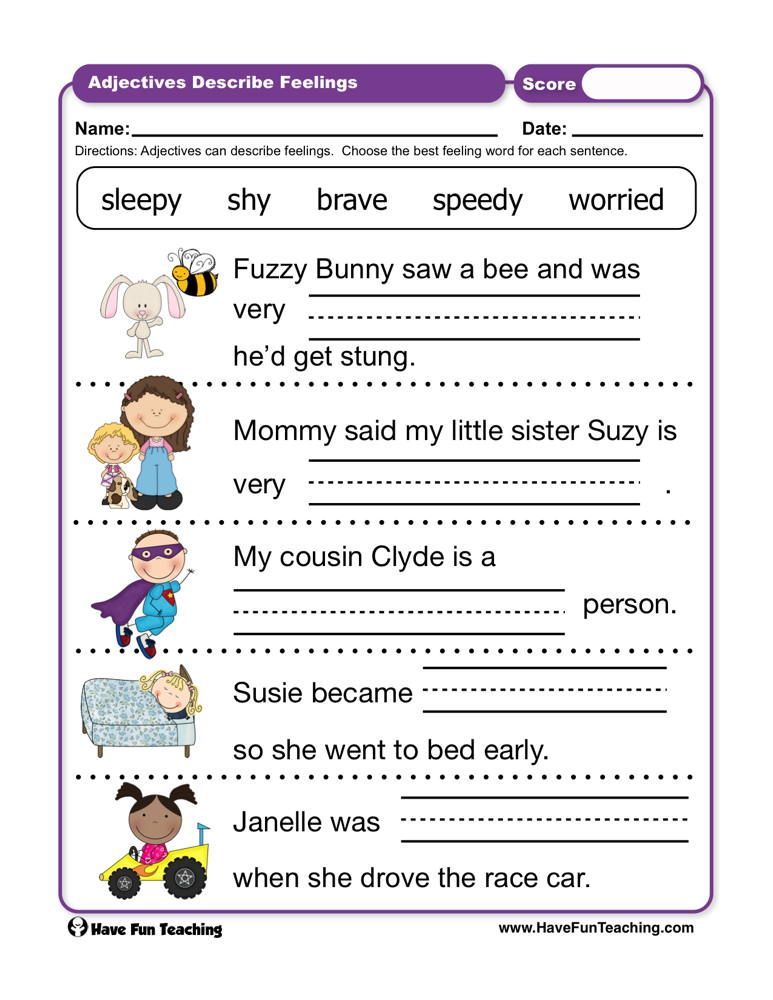
Sound [m] - about sweet, soft, about mother, about the sea.
With [a] - latitude, distance, ocean, haze, range are associated.
C [o] - high, blue, bosom:
C [and] - close, low, squeezing.
Task: come up with words starting with the letters RLNDTMAOI. Ask students and pupils to voice their sound images.
Word game “Letters-Letters”
One student guesses a word to another, which he must explain to the others, but he can only use words starting with one letter, for example, “p” (any, except for the same root) . That is, the word “house” will have to be explained, for example, as follows: “built - I live”.
If it was not possible to guess right away, one can throw up additional associations: “building, premises, space, the simplest concept…” And at the end add, for example, “Pérignon” – by association with Dom Perignon champagne.
If the guessers are close to winning, then the teacher will need comments like “about”, “about”, “almost right” - or, in the opposite situation: “bad, wait!”.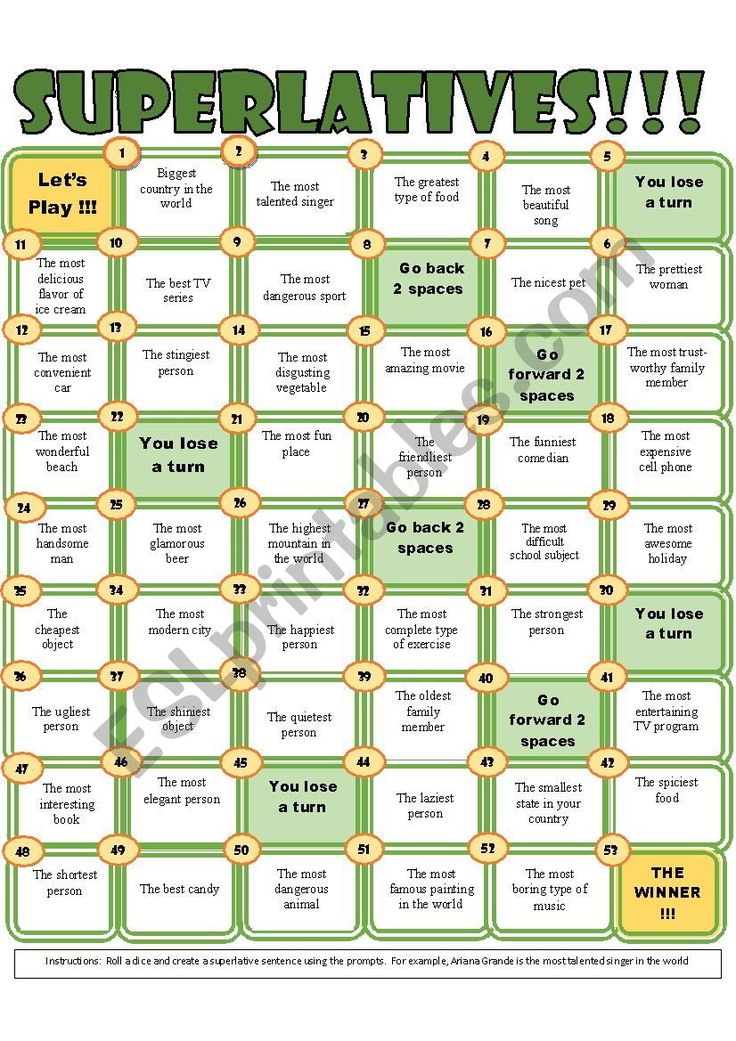 Usually, after the word is guessed, the explainer comes up with a new word and whispers it into the ear of the guesser - he becomes the next leader.
Usually, after the word is guessed, the explainer comes up with a new word and whispers it into the ear of the guesser - he becomes the next leader.
Word and language games are a great way to increase the efficiency of your classroom activities. They can be used at various stages of the lesson: at the beginning - to create a favorable atmosphere and repeat the material that will be later used in speech, in the middle or end of the lesson - to relieve fatigue, at the end of the lesson, when there are a few minutes left before the call and there is no point start some more serious exercise.
Related articles
- 7 kinetic games at English lessons
- Communication tasks at Russian Speech Etiquette classes for foreign students
- 7 phonetic games and exercises at the initial stage of teaching Russian as a foreign language of the Russian language
- 4 exercises with tautograms in the Russian language classes
- Linguistic games in the Russian language classes
Games and game exercises for the formation and practical use of the comparative and superlative degree of qualitative adjectives in the preparatory group | Plan-outline of the lesson on the development of speech (preparatory group) on the topic:
Municipal autonomous preschool educational institution
child development center - kindergarten No.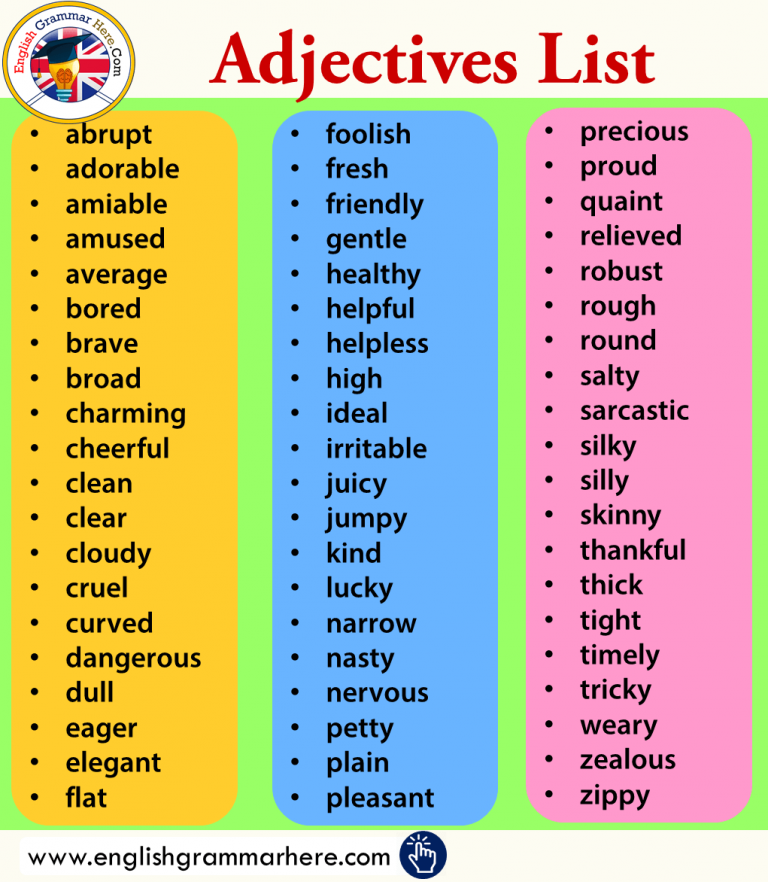 180003
180003
Games and game exercises for the formation and practical use of comparative and superlative adjectives in the preparatory group
2014
Educational area: Speech development
Activities: Direct-educational
Age group: preparatory
Topic: Games and game exercises for the formation and practical use of comparative and superlative degrees of qualitative adjectives in the preparatory group
Purpose: to activate the use of degrees of comparison of adjectives in children's speech; development of phonemic hearing, enrichment of the active vocabulary
Program content
Educational objectives: continue to teach children different ways of forming comparative and superlative adjectives; compose a story - a description about a pet, using superlative adjectives; systematize knowledge about pets
Developing: to develop coherent, grammatically correct monologue and dialogic speech, creative activity in composing a story, to activate the attention and memory of children, the completeness of visual and tactile perception
Educational: to develop intonational expressiveness of speech; teach children to take care of pets, be responsible for them
Preliminary work: observation of pets, reading stories, memorizing poems, riddles, watching a film - presentation "Pets"; composing stories on the theme "My favorite pet"
Dictionary work: dog, dog, puppy, cat, cat, kitten, goat, goat, kid, bull, cow, calf, ram, sheep, lamb, horse, horse, foal, boar, pig, piglet, rabbit, baby rabbit , the rabbit is more affectionate, calmer, more playful, kinder, faster, larger, softer, less well-fed, less hardy, larger, kinder, more shy, more shaggy, more dexterous, more curly, longer, softest, kindest, strongest, most cowardly, the most vigorous, the laziest, the quickest, the most, the most
Materials and equipment: demonstration material with the image of pets, pet figurines, bag, ball, easel
Educator: Guys, today guests have come to us, say hello to them.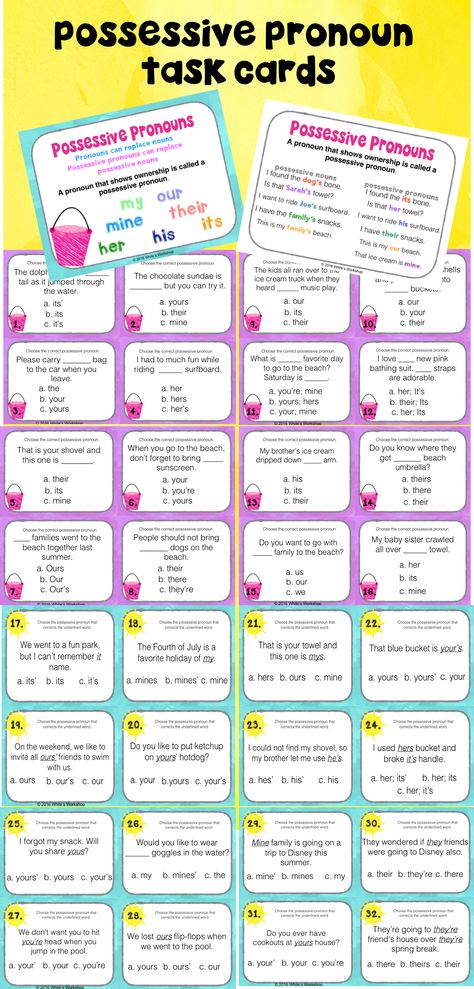
Children: Hello
Educator: Please tell me, what is your mood today?
Children: Cheerful, cheerful, excellent, sad, joyful
Educator: I wish you all a good mood for the whole day. Each of you will now introduce yourself to our guests - will affectionately call your name and you can go sit on a chair.
Educator: I will give you riddles, and we will put the answers on the flannelgraph
Big, shaggy, spotted, long-haired, angry, lop-eared (dog)
Calm, affectionate, sad, big, horned, cheerful (cow)
3 Strong , playful, quick-footed, hardy, slender, maned (horse)
Fat, unhurried, fat, lazy, unpretentious, dirty (pig)
Curly, short-tailed, stupid, bleating (sheep)
Fluffy, affectionate, playful purring (cat)
Smooth-haired, thin-legged, horned, bearded, sharp-faced, calm (goat)
Educator: How to call all these animals in one word?
Children: Home
Educator: Why?
Children: They live next to the person who takes care of them
Educator: Name the family of each animal
Children: Dog - dog - puppy
Bull - cow - calf
Horse - horse - foal
Hog - pig – piglet
Ram - sheep - lamb
Cat - cat - kitten
Goat - goat - kid
Educator: I suggest you play the game "Finish the sentence"
(simple comparative adjectives)
affectionate cat (more affectionately).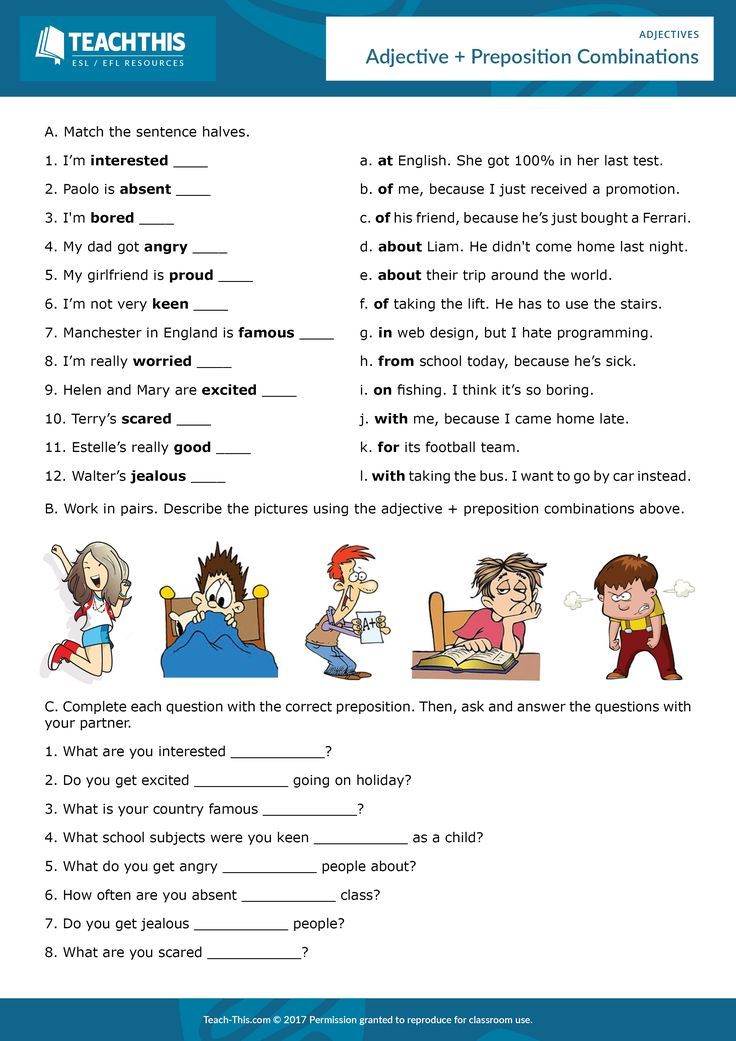
The goat is calm, but the goat is (more calm).
The puppy is playful, but the kitten is (more playful).
The cow is kind, but the calf is (kinder).
The horse is frisky, and the foal (faster).
The dog is big, but the dog is (bigger).
Sheep's wool is soft, lamb's (softer).
Educator: It's time to rest a little, stand in a circle.
I suggest playing the game "Wonderful Pouch"
Children should identify the pet by touch and complete the sentence using the words more or less
(compound comparative adjective more, less)
For example: A rabbit has long ears, a rabbit has less long.
The pig is well-fed, the piglet is less well-fed.
The horse is hardy, the horse is less hardy.
Large goat, larger goat.
The cow is kind, the calf is kinder.
The rabbit is shy, the rabbit is more shy.
The puppy is shaggy, the dog is more shaggy.
The cat is agile, the cat is more dexterous.